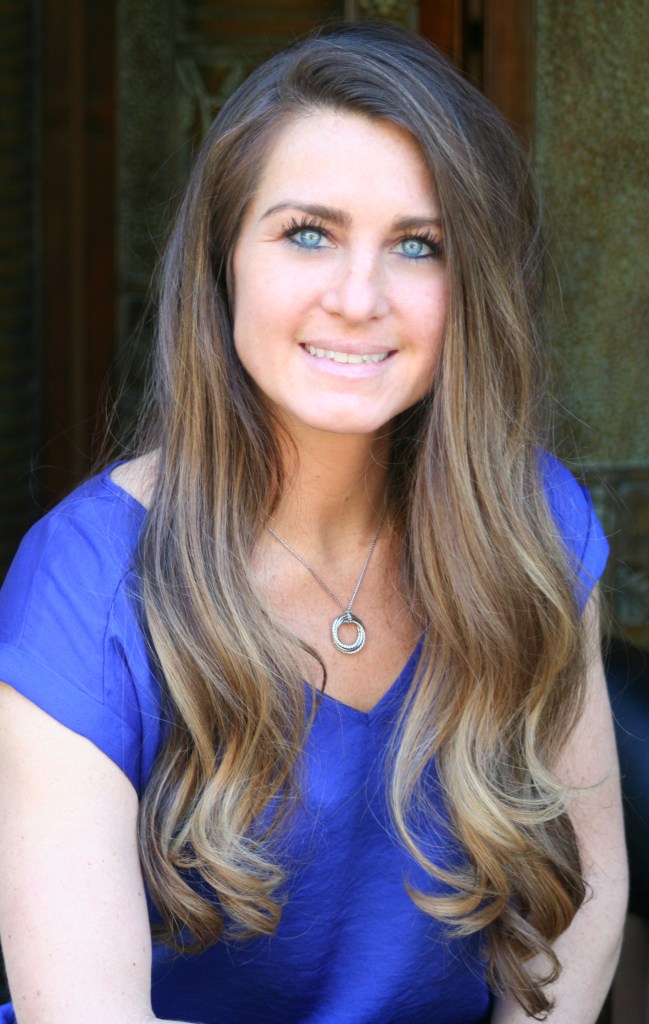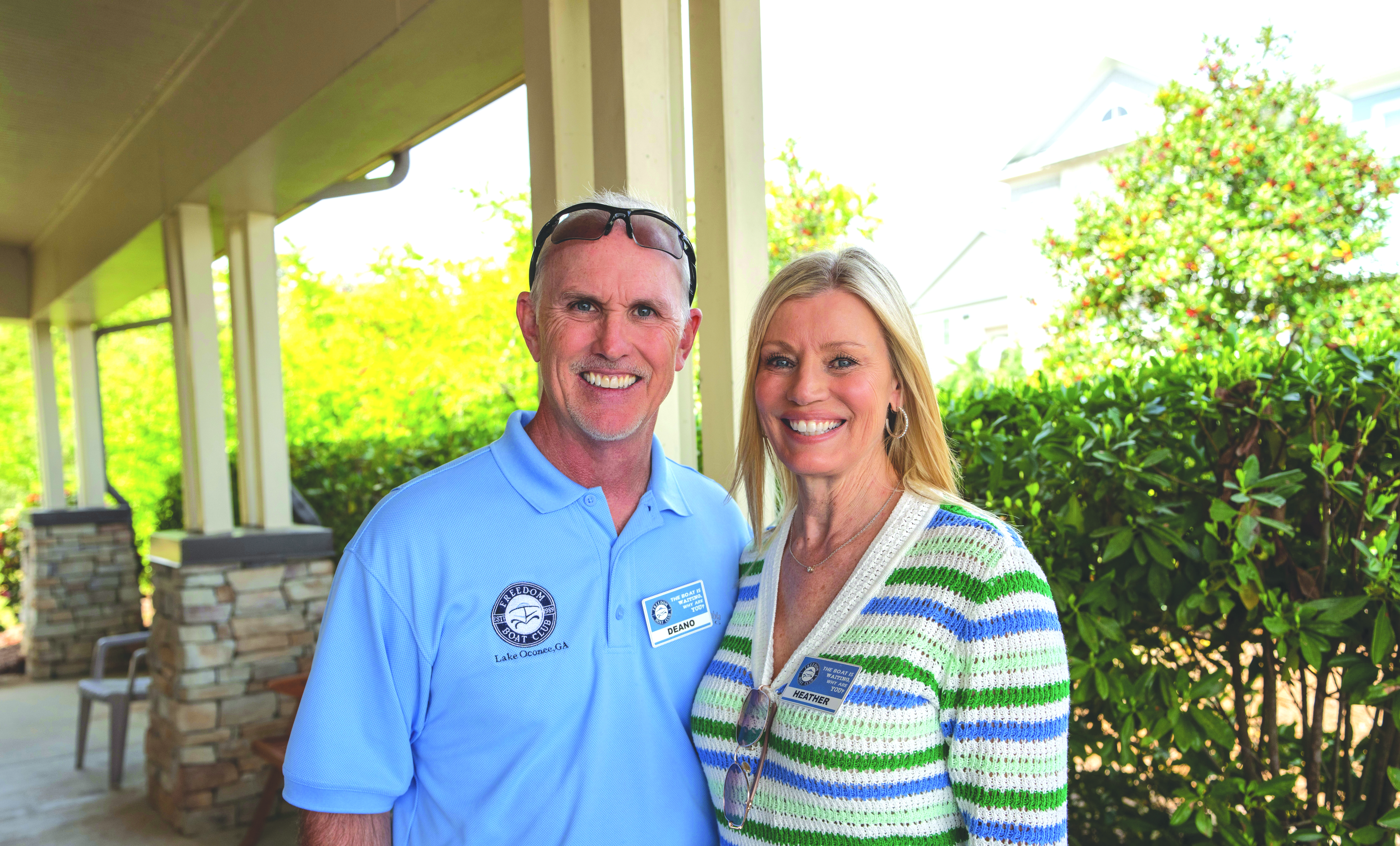PATHWAYS TO HEALING: Cleaning products
Published 8:59 am Friday, December 6, 2024

- Musgrove
The cleaning products we bring into our homes can contribute to poor indoor air quality and can expose us, and our families to unnecessary chemicals that can contribute to chronic health issues.
One of the easiest ways to start reducing exposures to harmful chemicals in the home is by swapping out your conventional household cleaners for brands that use safer, healthier ingredients.
When shopping for household cleaners of any kind, follow these guidelines to ensure you’re choosing safer:
—Shop for cleaning products at a natural foods store. While this is not a guarantee that they are totally safe and non-toxic, they will very likely be better than conventional cleaning products.
–Rather than trying to memorize a long list of ingredients, focus on avoiding products containing the following ingredients:
–Fragrance – a protected formula of undisclosed chemicals, often containing phthalates which are known hormone disruptors.
–Triclosan – an antibacterial ingredient linked to hormone disruption, particularly of the thyroid. —Glycol Ethers – a class of solvents commonly used in household cleaners.
–Ethoxylated ingredients – Chemicals with names ending in -eth, like laureth, ceteareth, Steareth-2, and any ingredients starting with PEG, as these may be contaminated with the carcinogen 1,4-dioxane.
–Methylisothiazolinone – a powerful biocide that is linked to nerve damage.
–Bleach – extremely caustic respiratory irritant.
Choose brands that have a full commitment to safer, non-toxic products, and avoid the “green” versions from mainstream brands.
There is a lot of “greenwashing” in the cleaner industry; brands that market themselves as green and non-toxic, but are not. Stick to companies that have a mission of offering safer, healthier products.
–Branch Basics
–Mama Suds
–EcoMe
–Meliora
–Molly’s Suds
–Greenshield Organics
–Attitude
–Pure Natural
–Bon Ami
Making your own cleaning products is easy and extremely cost effective. The three fundamental ingredients for home cleaning are vinegar, lemon juice, and baking soda. Small amounts of plant-derived essential oils can be used to boost antibacterial properties of any of these cleaners.
All Purpose Disinfectant
Add to a new clean, unused spray bottle:
–1 cup filtered water
–3/4 cup white distilled vinegar
–2 teaspoons rubbing alcohol
–8-10 drops essential oils of choice: (thyme, tea tree, lavender, oregano, clove, rosemary).
Floor Cleaner
Using a non-toxic cleaner for your floor is especially important if you have pets, as they are always licking things off the floor.
Mix together:
–1 cup filtered or distilled water
–½ cup white distilled vinegar
–½ cup rubbing alcohol
–2-3 drops of dish soap (not Castile soap)
–20-30 drops essential oils of choice: (thyme, pine, spruce, lemon, tea tree, clove, rosemary).
Sink & Shower Scrub
Mix together:
–Baking soda
–Liquid soap
Mix until you have a consistency that works for the surface you’re cleaning. Make only as much as you need, as it does not keep well. Apply with a sponge and wipe off.
Oven Cleaner
Sprinkle water generously over the bottom of the oven, then cover the grime with enough baking soda that the surface is totally white. Sprinkle some more water over the top. Let the mixture set overnight. You can easily wipe up the grease the next morning because the grime will have loosened. When you have cleaned up the worst of the mess, dab a bit of liquid detergent or soap on a sponge and wash the remaining residue from the oven.
Microwave Ovens
Make a paste of 3-4 tablespoons baking soda mixed with water, and using a sponge, scrub as needed. Rinse with a clean sponge.
Cutting Boards
Despite popular opinion, wood cutting boards have been shown to harbor less germs than many plastic types. Disinfect either kind of cutting board by washing them with soap and water and then spraying them with a vinegar and/or hydrogen peroxide solution. Air dry. To remove stains, make a paste with baking soda, scrub and rinse.





